NATURES MORTES

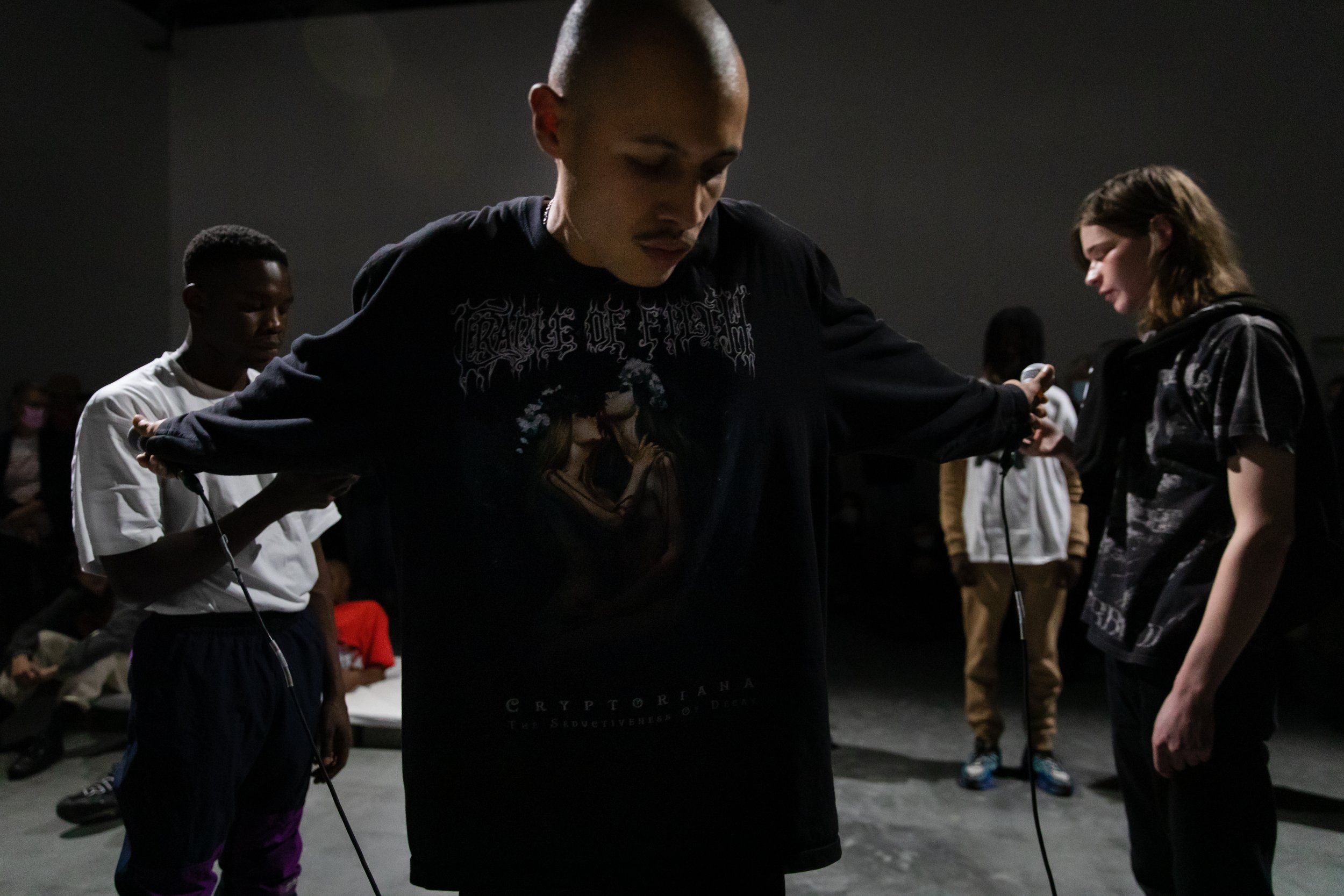
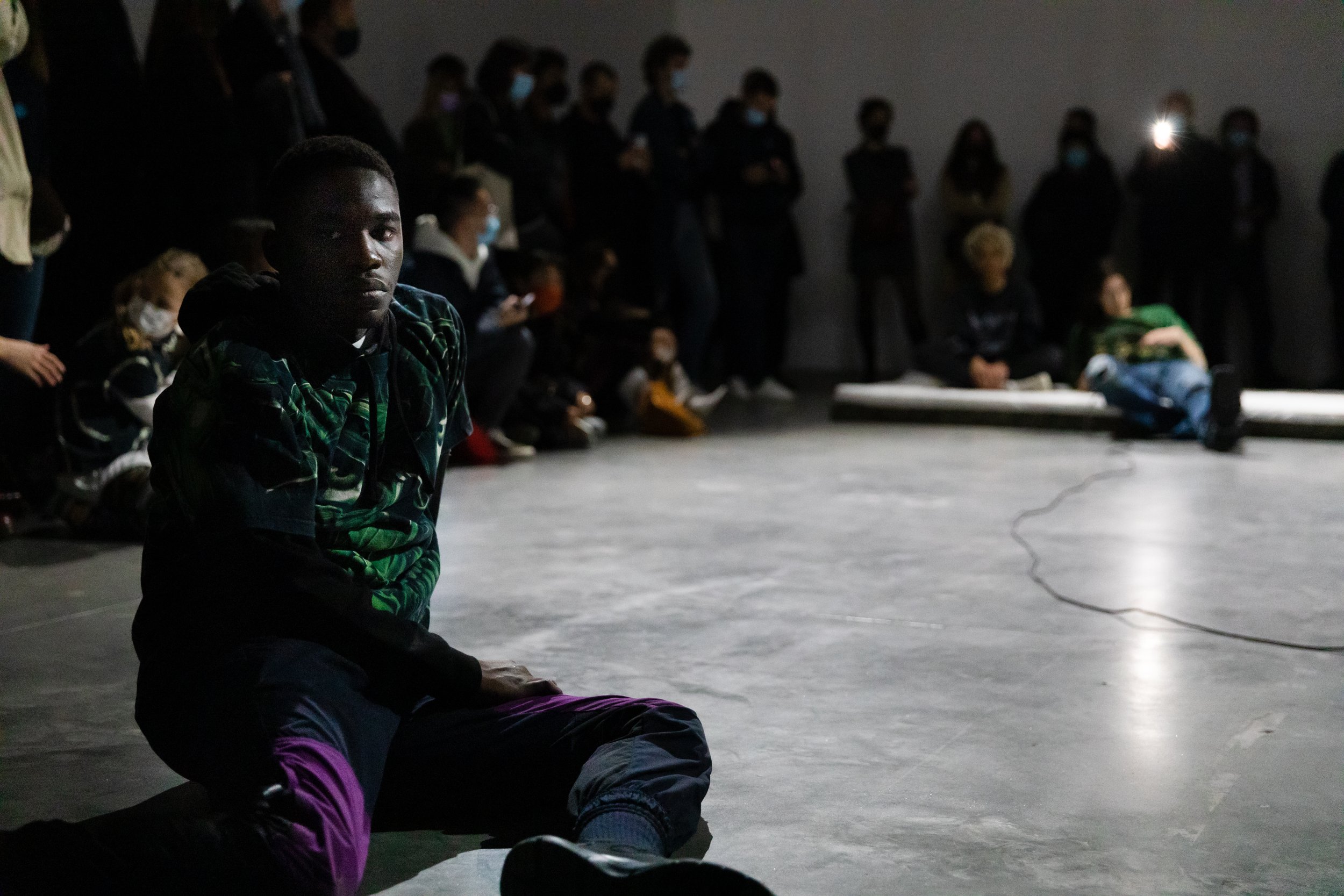
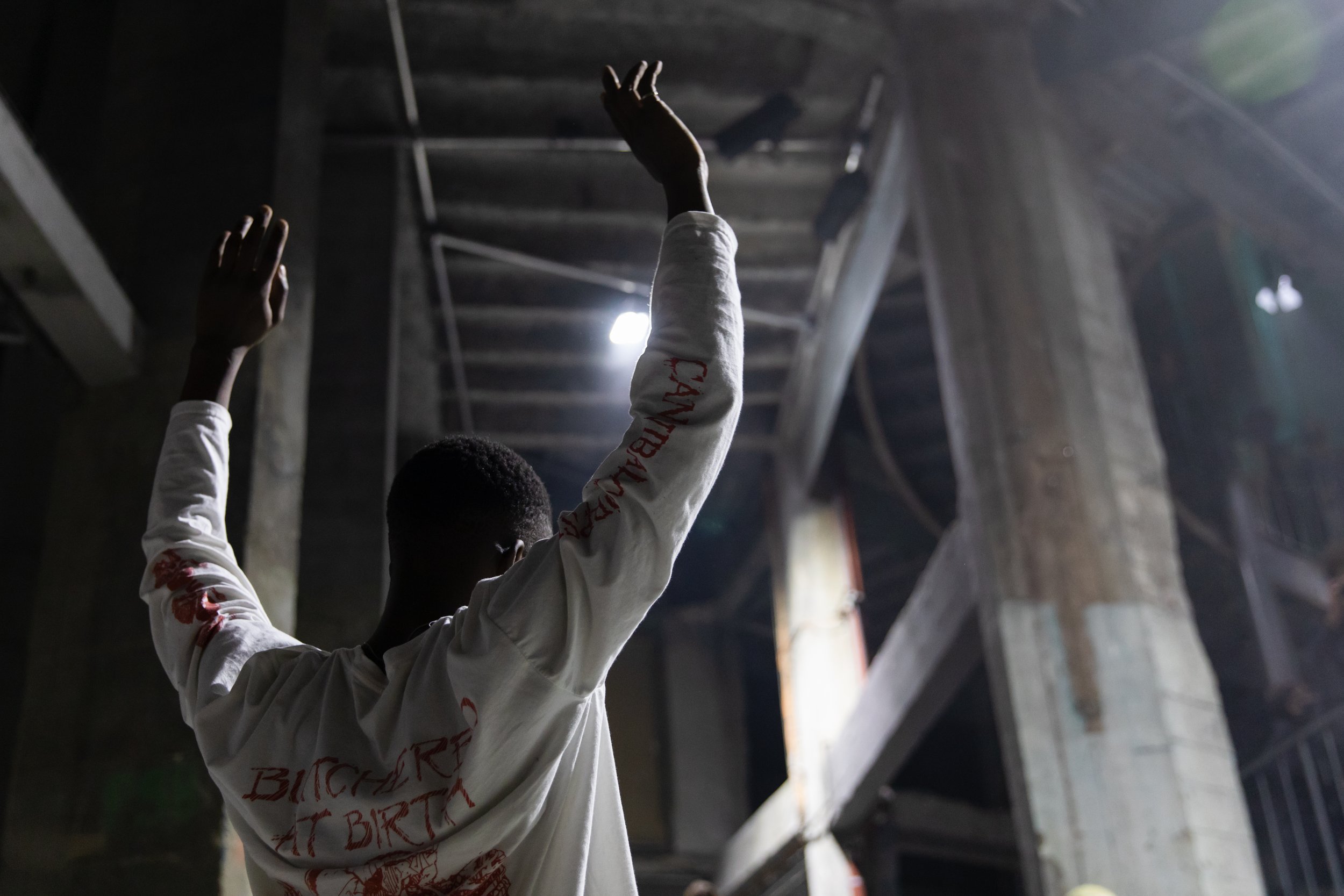
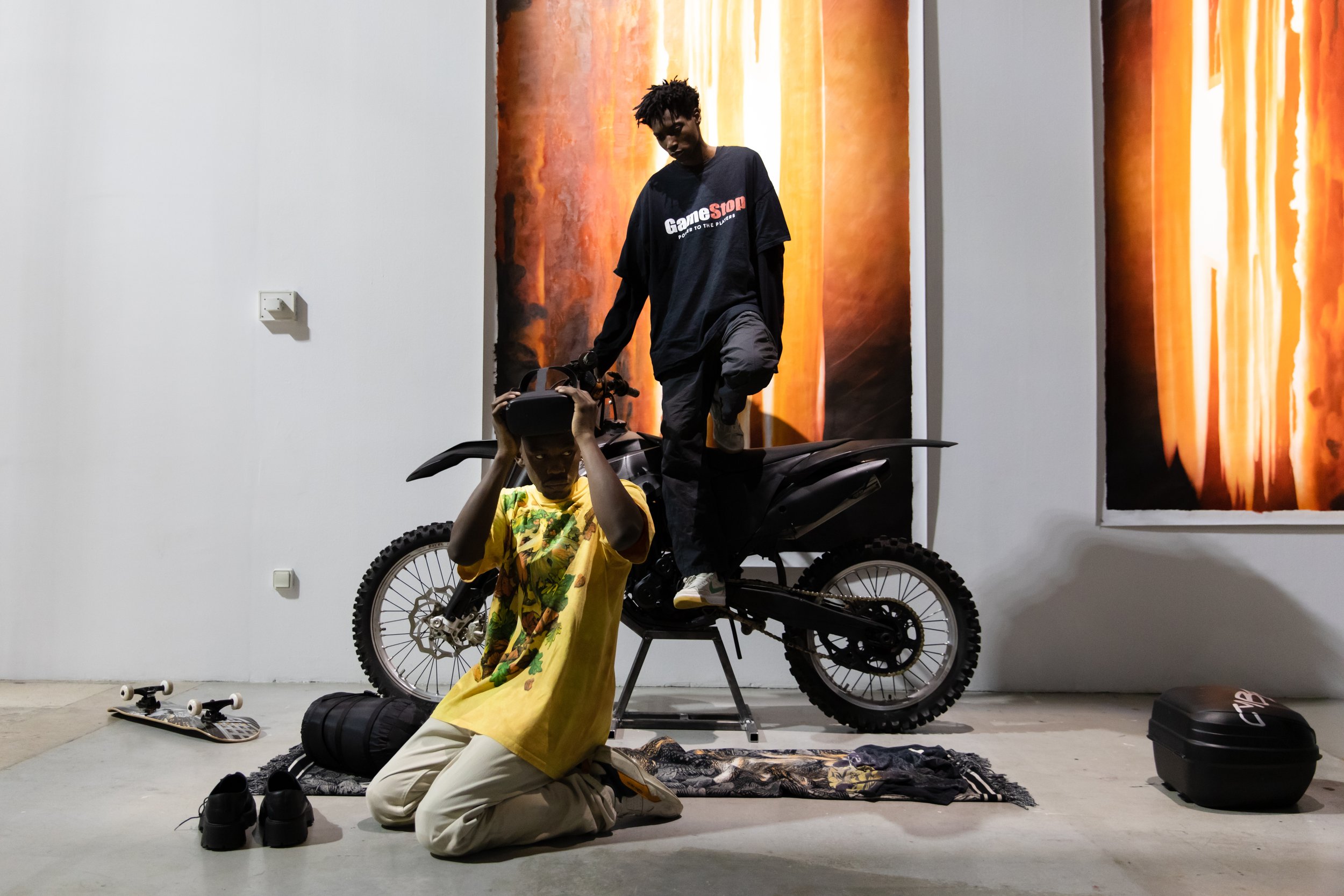

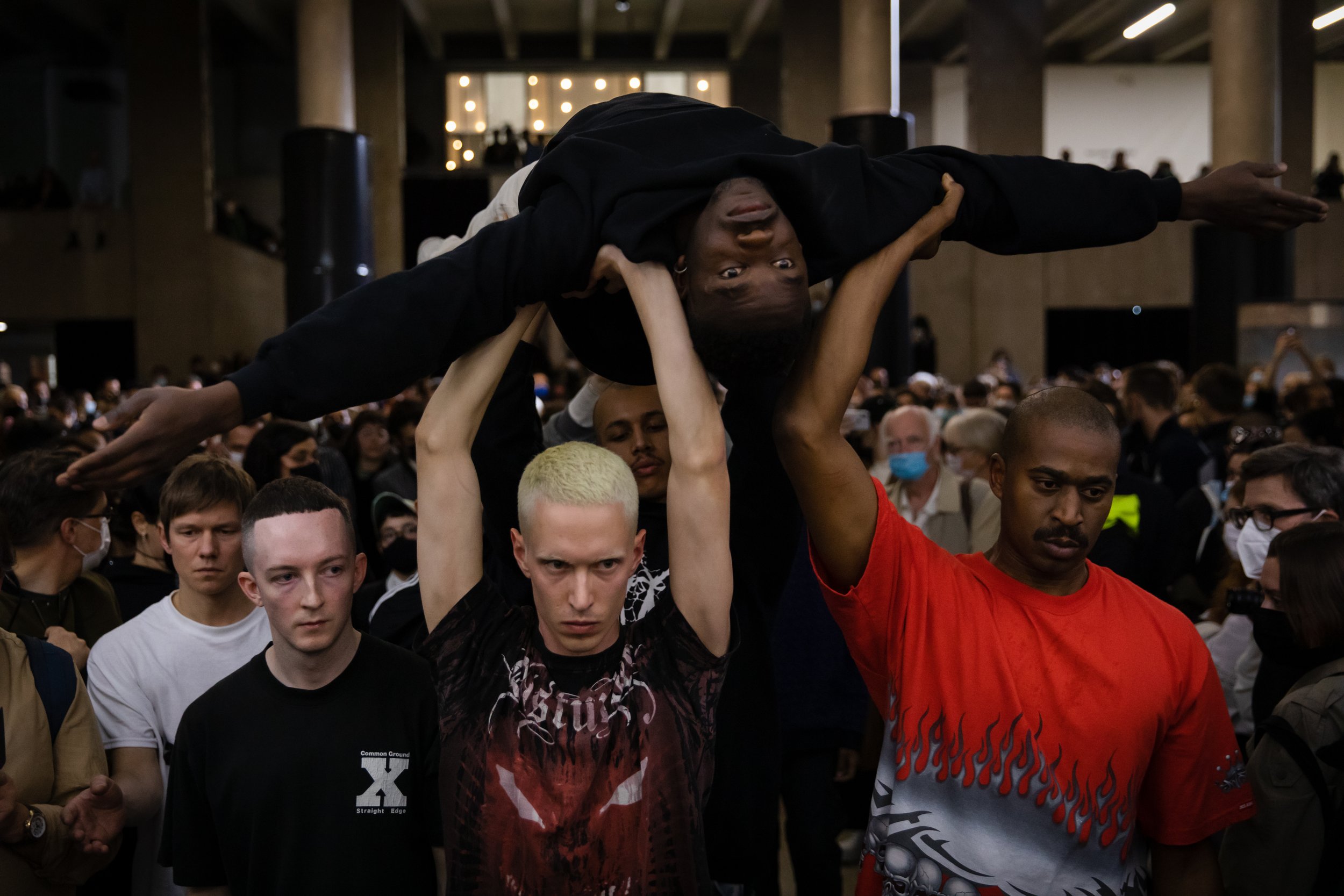

These natures mortes – still lifes – serve as memento mori for the here and now and invite us to wander through the interval between the living and the non-living, between shadow and light, past and present, immobility and action, intensity and disillusionment. The performative dimension of Anne Imhof’s oeuvre runs throughout the exhibition, the works of art, the sound pieces, the architecture and the bodies present within it, and enters into symbiosis with the space itself. Even when emptied of human presence and devoid of any spectacle, the first act of the exhibition offers a negative portrait of absent bodies and the traces of their presence, making their voices echo endlessly throughout the space.The suspension of the living and the spectral presence of bodies traced out through shadows, cries and melopoeia gather intensity as flows of liberated energy. The performers, long-term collaborators of Anne Imhof, take over the space. The Rooms offer intimate pauses, High Beds and Diving Boards enable bodies to rest before dancing a pas de deux once again, and identities dissolve. Here are ritual processions for a new age, flights where the frontiers between interior spaces and the street are rendered obsolete. The exhibition space, the interior street, and the labyrinth impose their own intrinsic rhythms, channeling bodies and inviting them to slow down, whereas the curved spaces act as race tracks that suggest movement and speed. The rotunda delimits a circular space, a rallying point akin to a crossroads where bodies might gather. Surrounded by Paddings, sculptural accessories that wrap the columns like the limbs of a body preparing themselves for a combat in the ring, they recall one of Anne Imhof’s first performances, a boxing match in a strip club in Frankfurt. The space constitutes an open and mobile stage, where other portable stages can in turn be erected and reconfigured as the performers move about. As if animated by the urgency of uprisings to come, bodies gather, blend and collide with one another, before dispersing and escaping, generating new images each instant.
The entirety of the vast organism that is the Palais de Tokyo enters into play, metamorphosing and moving with the alternately centrifugal and centripetal flows generated by these bodies in motion.
“During the performances, the different rooms become a sort of heterotopia, a space of art that blends with a space of dreaming, where everything is transformed into décor and staging.” Anne Imhof